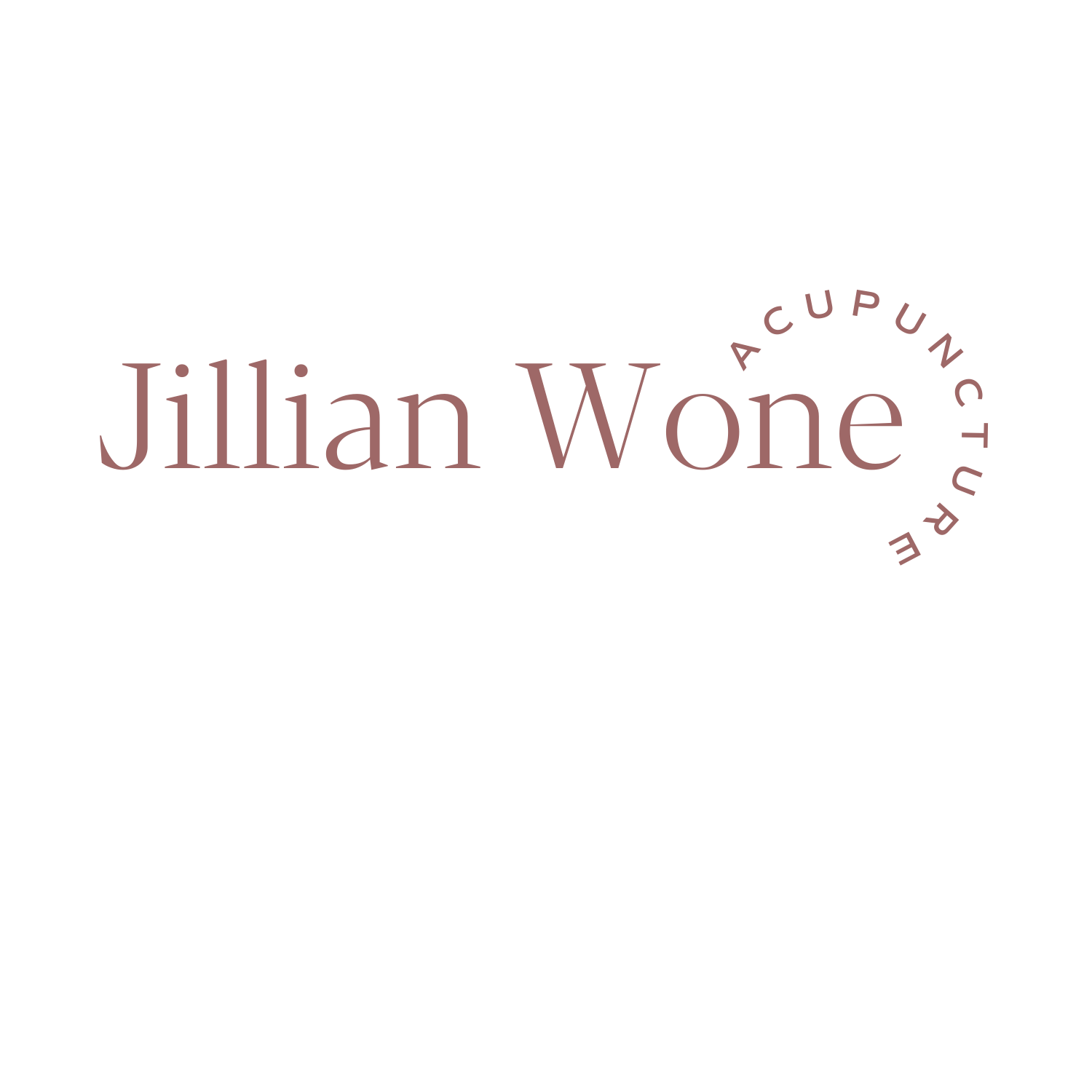What is Acupuncture? : The Yin/Yang Edition
This is the second in a series of posts about the who, why, what, where, when and how of Acupuncture and Traditional Chinese Medicine (TCM).
Yin and Yang are the simplest basis of this medical system.
All aspects of life and health are differing ratios of both; as Giovanni Maciocia writes “ Yin contains the seed of Yang so that Yin may transform into Yang and vice versa” (The Foundations of Chinese Medicine, 2nd Ed.) Nighttime, cold and matter are examples of Yin; daytime, heat and energy are examples of Yang.
Imagine the time of the very early morning when the sky is still entirely dark but slightly glowing with the hint of the daylight to come. That glow is the yang within the nighttime yin. That glow is also the most yin part of the daytime, daytime = yang.
Yin and Yang are oppositional forces that also exist within each other and depend on one another. In diagnosis this means that I am using the symptom picture to decipher if either Yin or Yang are weak or in excess or a combination.
If for example, a patient comes in who has been feeling especially cold lately and complains of not being able to warm up and of constantly cold hands and feet this could be a Yang weakness or excessive Yin.
Using Acupuncture techniques that ‘reduce’ excess, ones that ‘tonify’ weakness or techniques that are ‘even’ to solely encourage Qi flow, the effect is to create the necessary balance between Yin and Yang within each individuals unique constitution.
How interesting it is that we all contain our own ‘seeds of transformation’ !




